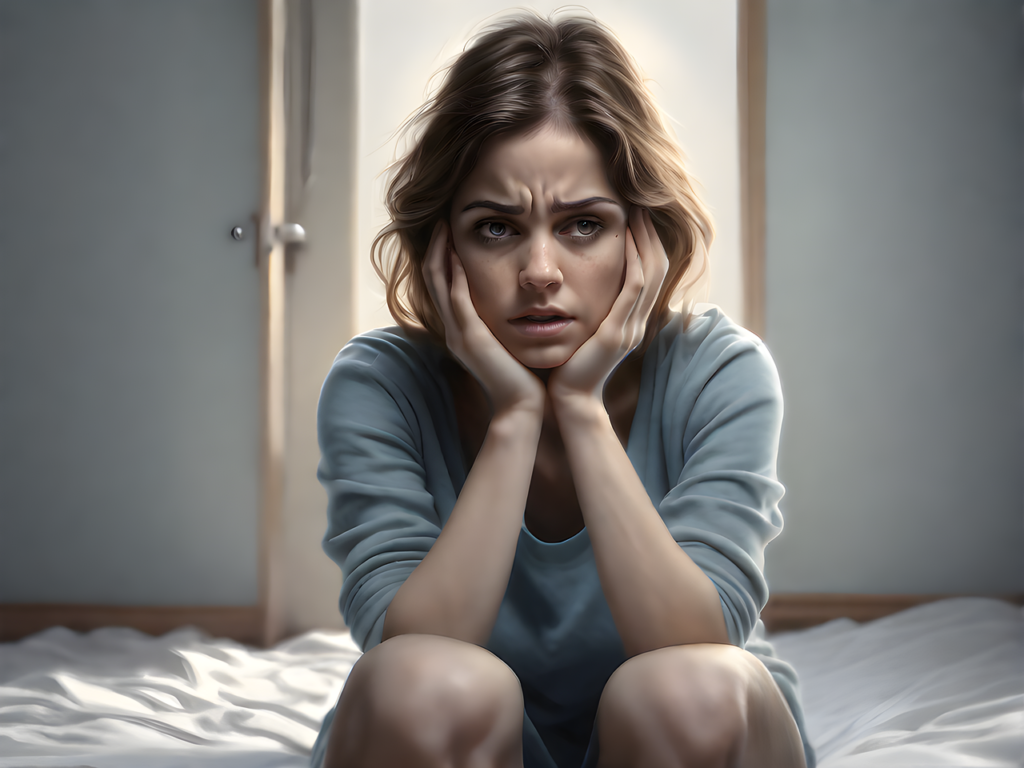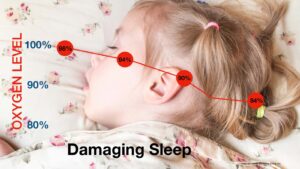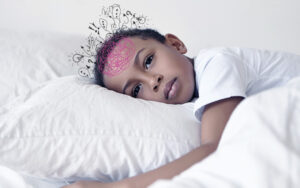Sleep is an essential component of our daily lives, crucial for physical health, mental well-being, and overall productivity. However, for many individuals, achieving a restful night’s sleep isn’t always easy. Sleep disorders, a broad category encompassing various conditions that disrupt normal sleep patterns, affect millions of people worldwide.
But What Exactly Is It?
Sleep disorders refer to conditions that affect the quality, timing, and duration of sleep, leading to disturbances in the sleep-wake cycle. These disorders can have a significant impact on daily functioning, mood, and overall health. While occasional sleep disturbances are common, persistent issues may indicate an underlying disorder that requires attention.
What Are Its Various Types?
1. Insomnia: Insomnia is one of the most prevalent sleep disorders, characterized by difficulty falling asleep, staying asleep, or both. Individuals with insomnia often experience daytime fatigue, irritability, and impaired concentration. Causes of insomnia can range from stress and lifestyle factors to underlying medical conditions.
2. Sleep Apnea: It is a serious disorder where breathing repeatedly stops and starts during sleep. This pause in breathing can occur multiple times throughout the night, leading to fragmented sleep and decreased oxygen levels in the blood. Typical signs encompass disruptive snoring, sudden gasping for air while asleep, and persistent daytime drowsiness. Untreated sleep apnea can increase the risk of heart disease, stroke, and other health issues.
3. Restless Legs Syndrome (RLS): RLS is a neurological disorder characterized by an uncontrollable urge to move the legs, often accompanied by uncomfortable sensations such as crawling, tingling, or burning. Symptoms often worsen during times of rest or inactivity, making it difficult to initiate or maintain sleep.
4. Narcolepsy: Narcolepsy is a chronic neurological disorder that affects the brain’s ability to regulate sleep-wake cycles. People with narcolepsy may experience sudden and uncontrollable episodes of sleep during the day, often accompanied by hallucinations and sleep paralysis. Excessive daytime sleepiness is a hallmark symptom of narcolepsy, impacting daily activities and productivity.
5. Parasomnias: Parasomnias are a group of sleep disorders characterized by abnormal behaviors or experiences during sleep. Examples include sleepwalking, night terrors, and REM sleep behavior disorder (RBD), where individuals physically act out their dreams.
Diagnoses & Treatment
Recognizing the symptoms of sleep disorders is the first step toward effective management and treatment, although diagnosis can be challenging due to similar symptoms among different disorders. Two main types of treatments, that play a crucial role in the diagnostic process. A home sleep test(HST) is a convenient, non-invasive way to diagnose sleep apnea, involving a small device that monitors breathing patterns, oxygen levels, and other parameters while you sleep. The data is then analyzed by a sleep specialist to determine the presence and severity of sleep apnea. Similarly, a home sleep study (HSS), conducted at home, may include additional monitoring for issues like insomnia or restless legs syndrome, providing a more natural sleep environment compared to a sleep lab. These home-based tests and studies offer valuable insights, aiding in accurate diagnosis and effective treatment of sleep disorders.
Benefits
1. Convenience: Home sleep tests and studies allow individuals to undergo sleep testing in the comfort of their own homes, eliminating the need for overnight stays in a sleep lab.
2. Cost-Effectiveness: They are often more affordable than traditional in-lab sleep studies, making them accessible to a wider range of individuals.
3. Accurate Diagnosis: Despite being conducted at home, these tests can provide accurate and reliable results when interpreted by trained sleep specialists, leading to timely diagnosis and treatment.
4. Increased Compliance: Some individuals may be hesitant to undergo traditional in-lab sleep studies due to the unfamiliar environment. Home sleep tests and studies offer a more comfortable and familiar setting, leading to increased compliance and better-quality data.
Conclusion
Sleep disorders can significantly impact the quality of life and overall health if left untreated. By recognizing the symptoms and seeking appropriate diagnosis and treatment, individuals can take proactive steps towards better sleep and improved well-being. If you suspect any of the above types or symptoms, don’t hesitate to discuss your concerns with a healthcare professional and explore available testing options. Remember, a good night’s sleep is essential for a happier, healthier life.




